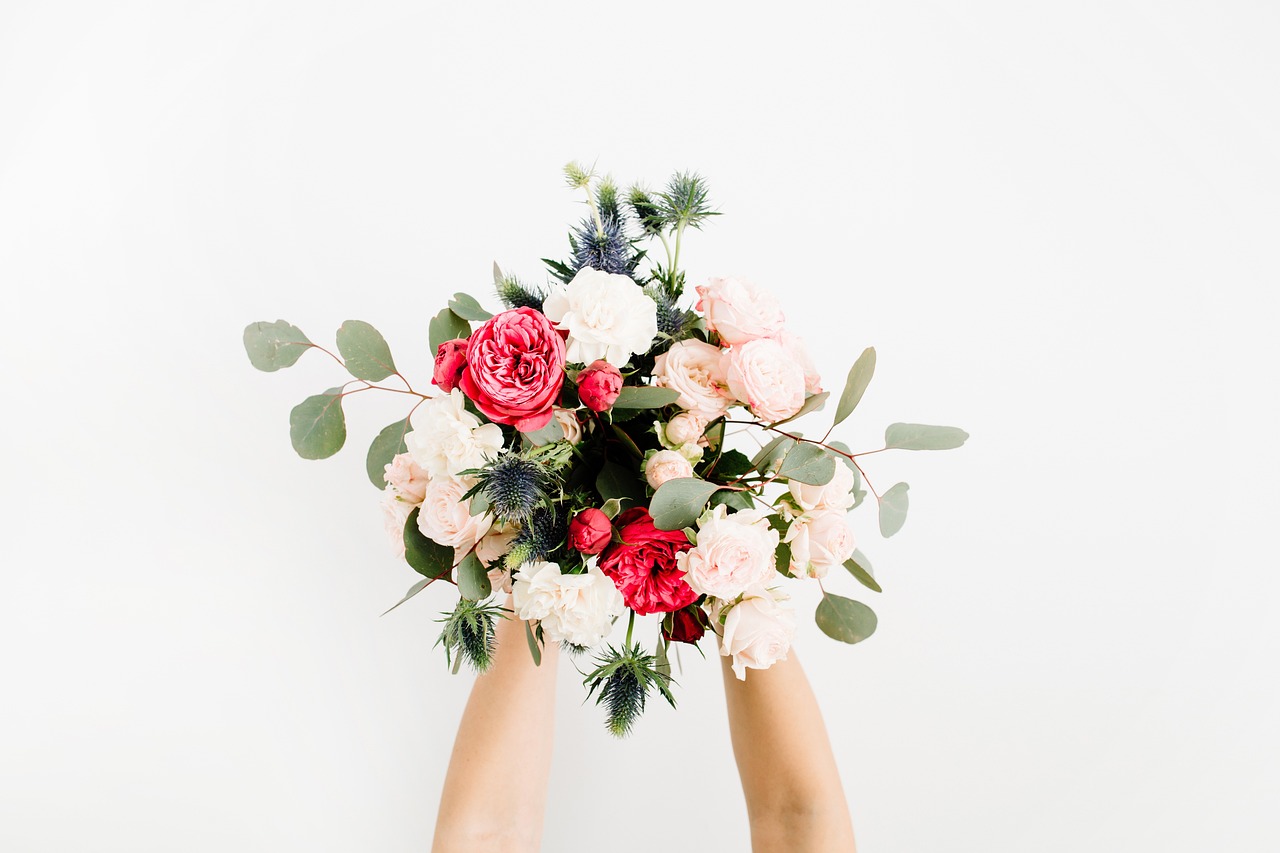A custom flower bouquet allows individuals to select specific flowers, colors, and arrangements tailored to their personal taste or the occasion. It offers a unique way to express emotions or celebrate moments with a personalized touch that standard bouquets cannot provide.
Choosing a custom bouquet ensures the recipient gets exactly what suits their style or preferences, whether for weddings, birthdays, or special events. The process involves collaboration with a florist who can advise on seasonal blooms and design options to create the perfect arrangement.
This personalized approach not only enhances the aesthetic appeal but also adds meaning to the gift. It transforms flowers from a simple gesture into a thoughtful statement made just for someone.
Essential Elements of a Custom Flower Bouquet
A custom flower bouquet is crafted by carefully considering flower types, colors, and arrangement styles. Each factor plays a key role in the bouquet’s overall appearance and meaning. Understanding these elements helps create a personalized and visually balanced bouquet.
Flower Selection and Seasonal Availability
Choosing flowers depends on availability during the particular season. Seasonal flowers tend to be fresher, longer-lasting, and more affordable.
Some popular flowers by season include:
- Spring: Tulips, daffodils, hyacinths
- Summer: Sunflowers, roses, lilies
- Autumn: Chrysanthemums, marigolds, asters
- Winter: Poinsettias, amaryllis, holly
Flower choice also reflects the occasion and recipient preferences. Including a mix of focal blooms and filler flowers enhances texture and depth. It is important to consider flower longevity to ensure the bouquet remains attractive over time.
Color Combinations and Design Principles
Color selection influences the bouquet’s mood and harmony. Combining complementary or analogous colors prevents visual clash and promotes balance.
Common color schemes:
| Scheme | Description | Example |
| Complementary | Opposite colors on color wheel | Red and green |
| Analogous | Adjacent colors | Pink, red, and purple |
| Monochromatic | Different shades of one color | Light to dark blue |
Design principles also consider contrast, proportion, and focal points. Bright colors should catch attention but not overwhelm. Neutral or green filler foliage helps tone down intense color combinations.
Arrangement Styles and Techniques
Arrangement style defines the bouquet’s structure and presentation. Common styles include hand-tied, cascading, and posy.
- Hand-tied: Flowers are gathered and wrapped, offering a natural shape.
- Cascading: Features trailing flowers, creating a flowing effect.
- Posy: Compact and rounded, often symmetrical.
Techniques like wiring, taping, and binding secure stems and shape the bouquet. The choice of container or wrapping impacts style and usability. Proper technique maintains flower health and aesthetic appeal over time.
Personalizing and Ordering a Custom Bouquet
Creating a custom flower bouquet involves selecting specific flowers, colors, and arrangements to suit individual tastes or occasions. It requires clear communication with florists or using online tools to ensure the final design matches expectations.
Personalization Options and Themes
Customers can choose from various flowers, greenery, and accents like ribbons or unique vases to create a bouquet that reflects a particular style or sentiment. Popular themes include rustic, modern, romantic, or seasonal designs.
A detailed list of preferences often includes flower type (roses, lilies, tulips), color palettes, bouquet size, and scent intensity. Adding personal touches like a favorite flower or meaningful colors enhances the bouquet’s significance.
Working With Florists and Online Platforms
Florists typically offer consultations to discuss preferences, budget, and event details, ensuring a tailored design. Many provide sample photos or mock-ups before finalizing the order.
Online platforms feature user-friendly interfaces for selecting flowers, styles, and add-ons with real-time previews. Reviews and customer support help buyers make informed decisions when remote ordering.
Delivery, Packaging, and Care Instructions
Delivery options range from same-day to scheduled dates, with some florists offering temperature-controlled transportation for delicate flowers. Packaging often includes water tubes or foam to keep flowers fresh.
Care instructions usually detail watering frequency, ideal room temperature, and how to prune stems for longevity. Including this information helps recipients maintain the bouquet’s appearance longer.


Leave a Reply